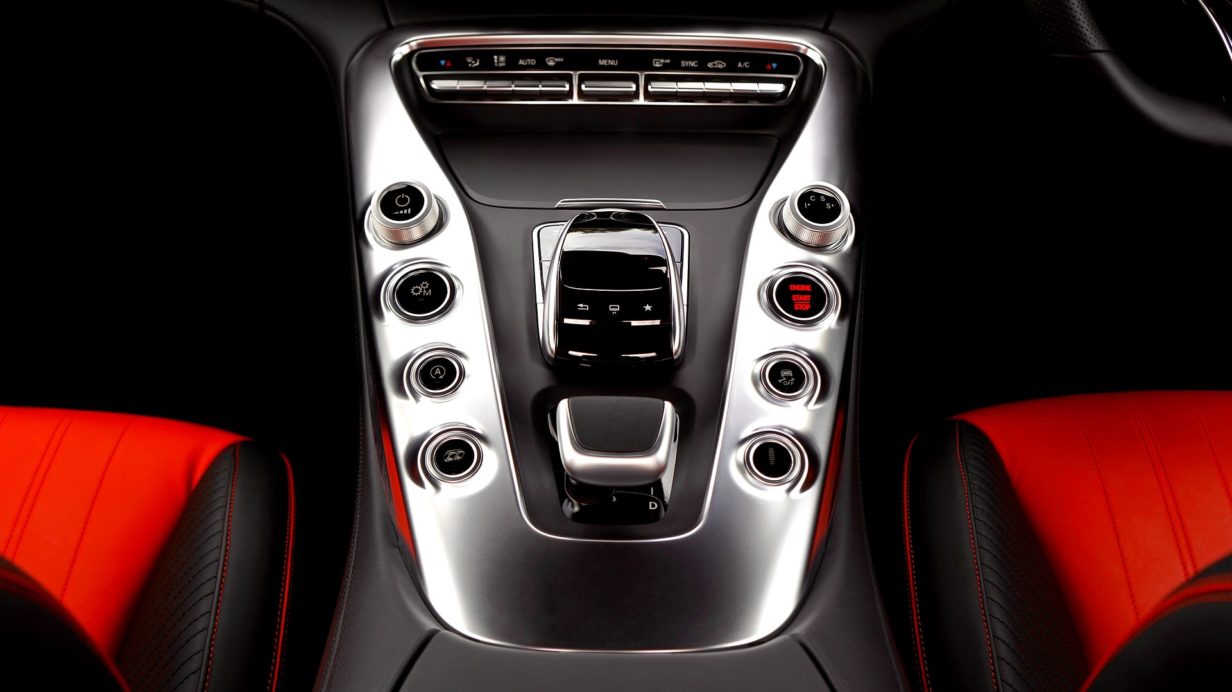
Does Your Car Have These New Safety Features?
Modern cars are packed with new safety features that improve collision avoidance, situational awareness, and warnings. Car safety is now specialized in tackling different problems. Sensors, lasers, and software are used to identify and avoid threats. Additional and safer airbags surround the occupants in a bubble of safety. It is now standard practice for car chassis to incorporate crumple zones that collapse the chassis around the occupants rather than drive it through them. Many other features are also standard such as the LATCH child safety system, side airbags, stability control, front airbags, and safety belts.
Evolution of Automobile Safety
The evolution of safety features in automobiles wasn’t a given. The first mass-produced viable cars were introduced in the 1910s by Henry Ford. However, it wasn’t until 1966 when Congress authorized the federal government to set safety standards that seat belts and padded dashboards were mandatory.
Before these innovations, car manufacturers focused on design and speed over safety. Dashboards were comprised of hard materials, which significantly increased injury. Many car manufacturers publicly opposed mandatory seat belts because it would emphasize that their products were dangerous.
The relationship is now inverted. Preeminent car manufacturers routinely cite safety as a key selling point for their vehicles. Cars are now equipped with multiple airbags, adaptive response systems, sensors, cameras, and many more systems that improve safety and help with preventing injuries.
New Safety Features
These features were once reserved for luxury vehicles but are now standard use for preventing accidents on most new cars.
1. Forward Collision Warning
Forward collision is a front-facing sensor system that continually manages velocity (speed and direction) and relative speed of vehicles in traffic. The system is like an extra pair of eyes constantly scanning traffic for abnormalities that could imperil the car. If a threat is detected, it warns the driver. The warning may be a sound, physical sensation (like vibration), visual cue, or a combination of some or all of these systems. Some systems also incorporate automatic braking, which can apply the brakes without human application.
2. Blind Spot Detection
Blindspot detection works similarly to forward collision. A series of monitoring systems alert drivers if there is a car in their blind spot. The blind spot is the space behind a moving vehicle obscured from the driver’s vision and is a frequent cause of collisions. The alerts are brighter and more intrusive when a turn signal is activated, or the car starts moving into the lane.
3. Adaptive Headlights
Adaptive headlights were pioneered decades ago but weren’t incorporated as a standard feature until recently. Adaptive headlights move the car’s headlights toward the direction the car is traveling. Basically, as the steering wheel turns, so do the headlights. The improved visibility is linked with a 10% decline in property damage claims.
4. Lane Departure Warning
Lane departure uses a camera near the rearview camera to track lane position. These systems were popularized on big rig trucks and are now common safety features. When the car is leaving its lane improperly, for example, without signaling, the system activates warnings and sometimes light corrective control over the steering wheel. Looking for a thermal imaging camera in Malaysia? Check out EastWest SVC